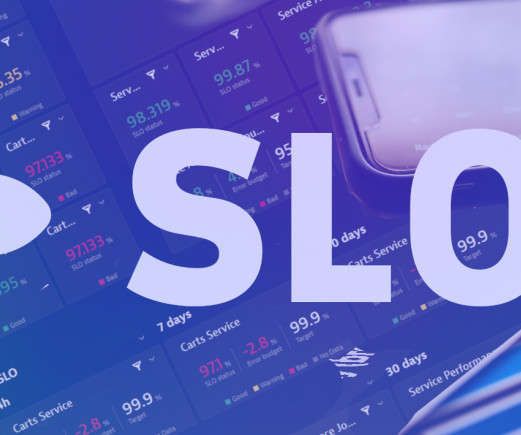Implementing service-level objectives to improve software quality
Dynatrace
DECEMBER 27, 2022
According to Google’s SRE handbook , best practices, there are “ Four Golden Signals ” we can convert into four SLOs for services: reliability, latency, availability, and saturation. Latency is the time that it takes a request to be served. Define SLOs for each service. Reliability.











Let's personalize your content